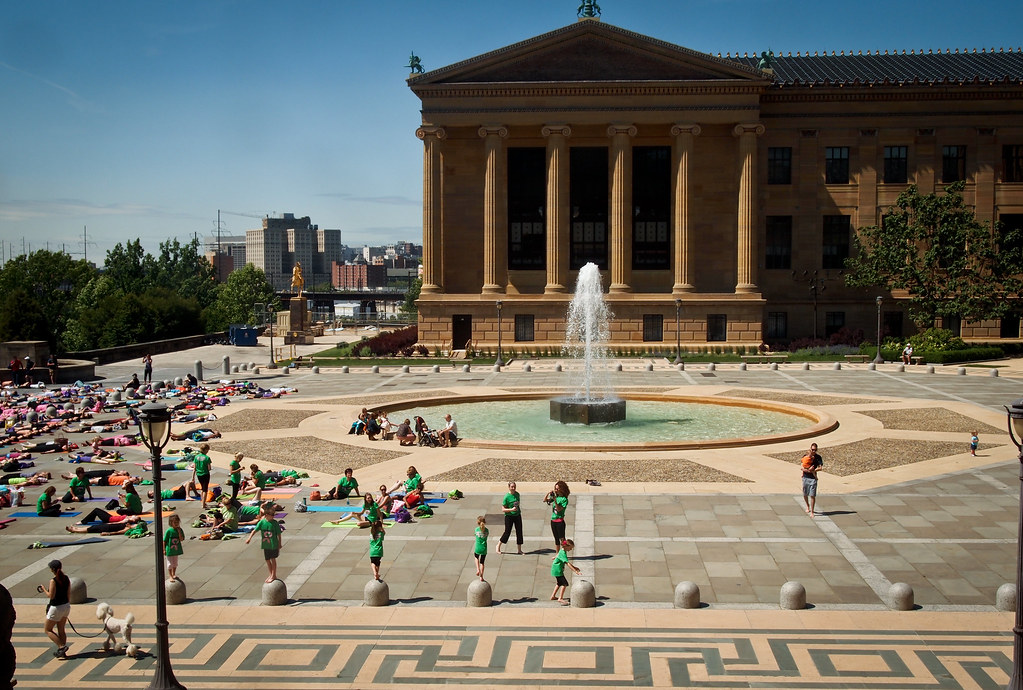Creative Democracy: Applying the Lessons of Creative Placemaking to Policymaking
Abstract
The emerging field of creative placemaking represents a new paradigm of equity-focused community cultural development. While pieces of the infrastructure needed to sustain creative placemaking practices exist, they have yet to coalesce into a cohesive whole. To date, leading actors are investing in horizontal strategies to integrate creative placemaking across organizations, sectors, and systems. However, insights gained from local successes have not been fully translated vertically into the systems-level policy change required to have sustained impact. Inspired by the current state of the field, this paper examines how the rules of civic problem-solving are evolving to prioritize citizenship and leverage local knowledge, one expression of culture, by drawing on longstanding discourse in fields that range from architecture and planning to economics, political science, philosophy, sociology, and community psychology. As political forces reshape the role of localities, creative practitioners from diverse disciplines are uniquely positioned to directly affect the direction of development in new ways that build community power and position cultural considerations at the heart of governance. By adopting a systems view of place-based change and expanding the application of creative practices to participatory policymaking through a transversal approach, a cross-section of stakeholders can advance a more comprehensive model of equitable development. Doing so can help to strengthen creative democracy, which recognizes that critical imagination is the generative basis on which individuals and societies successfully engage with complexity, transform structures that allocate resources, and adapt to changing conditions over time.
Downloads
Published
2017-07-03
How to Cite
Arroyo, K. (2017). Creative Democracy: Applying the Lessons of Creative Placemaking to Policymaking. Artivate: A Journal of Entrepreneurship in the Arts, 6(2), 58–72. Retrieved from https://artivate.org/index.php/artivate/article/view/74
Issue
Section
Articles




